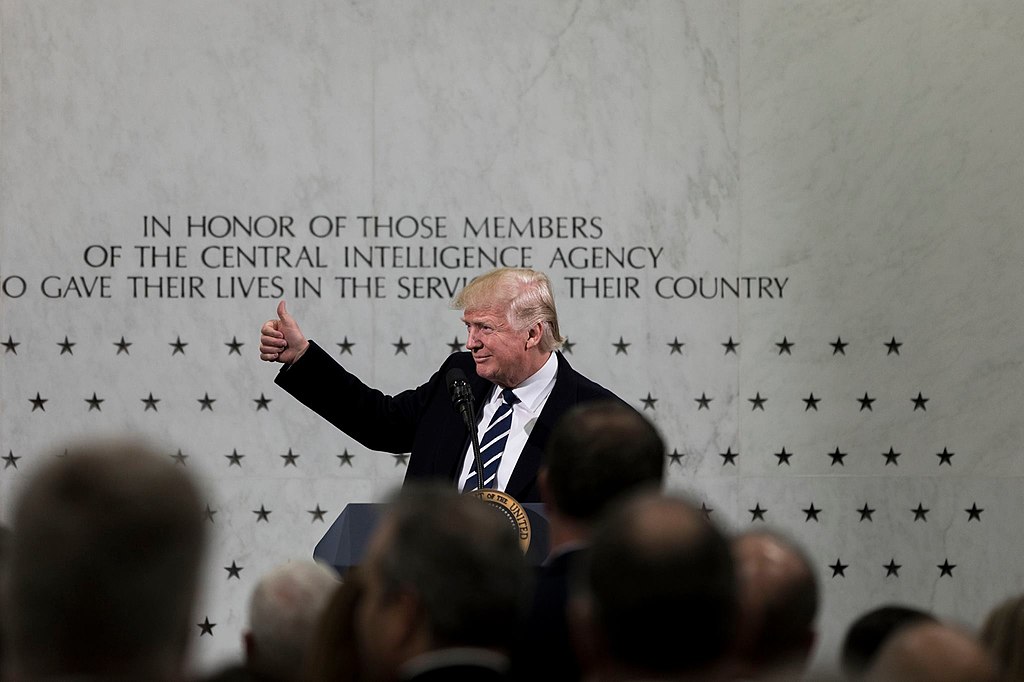As 2025 unfolds, Donald Trump’s ambitious strategies for expanding access to affordable medications have taken center stage in the ongoing healthcare debate. The former president, known for his firm stance on reducing medical costs, has outlined a comprehensive approach to ensure life-saving drugs are accessible to millions of Americans struggling with soaring prices. Critics, however, question the practicality of these plans as experts and citizens alike weigh in.
Targeting Big Pharma to Lower Prescription Costs
Central to Trump’s strategy is a renewed focus on combating pharmaceutical giants that contribute to skyrocketing medication prices. His proposals include capping drug price hikes, enforcing transparency in pricing models, and expanding federal negotiations for Medicare prescription drug costs.
According to health policy analysts, these measures aim to hold drug manufacturers accountable while empowering the government to bargain directly with pharmaceutical companies—a move designed to drive prices down significantly. Trump also emphasized his intention to import safe, lower-cost drugs from countries like Canada. While proponents celebrate these initiatives as a lifeline for those burdened by high expenses, detractors argue the policies may deter innovation within the pharmaceutical industry.
Experts from organizations such as the Kaiser Family Foundation highlight that capping prices could benefit millions, especially seniors on fixed incomes. However, opponents fear it could limit access to advanced drugs if companies cut production due to reduced profitability.
Expanding Accessibility Through Federal Programs
Another key aspect of Trump’s approach is enhancing federal programs to ensure that low-income Americans have greater access to medications. By expanding Medicaid coverage and supporting community health centers, Trump hopes to reach underserved populations in rural and urban areas.
Additionally, the strategy includes boosting the availability of generic drugs, which are often more affordable alternatives to name-brand prescriptions. Through expedited approvals by the Food and Drug Administration (FDA), Trump’s plan seeks to flood the market with cost-effective options.
Nevertheless, some healthcare advocates caution that while increasing generics could help reduce expenses, it might not address the underlying systemic issues driving high pharmaceutical costs.
Netizens React to Trump’s Proposals
Trump’s policies have sparked passionate discussions online, with netizens sharing diverse opinions on the matter:
- @HealthyDebate89: “Finally, someone is taking Big Pharma to task! We’ve needed this for years. #AffordableMeds”
- @PharmaRealist: “Price caps sound great, but has anyone thought about the impact on drug innovation? #HealthcareReform”
- @RuralHealthNow: “Rural communities like mine desperately need this. Medicaid expansion can save lives. #TrumpPlan2025”
- @CostlyRxBlues: “Will this actually happen, or is it just another empty promise? #DrugPrices”
- @FDAInsiderTalk: “Fast-tracking generics is smart, but oversight will be key to ensuring safety. #AffordableHealthcare”
- @HopeForHealth22: “Trump’s focus on affordability could be life-changing for seniors like my parents. #DrugCostReform”
Donald Trump’s strategies for addressing the nation’s prescription drug crisis present both promise and uncertainty. While his proposals aim to provide relief to millions of Americans, critics question their feasibility and long-term implications. As debates rage on, the outcomes of these policies will shape the healthcare landscape for years to come.



 Trump’s DEI Ban Extends to French Firms With U.S. Government Ties
Trump’s DEI Ban Extends to French Firms With U.S. Government Ties  Trump Administration Reviews $9 Billion in Harvard Funding Amid Antisemitism Crackdown
Trump Administration Reviews $9 Billion in Harvard Funding Amid Antisemitism Crackdown  Japan's Finance Minister Emphasizes U.S. Coordination on Forex Stability
Japan's Finance Minister Emphasizes U.S. Coordination on Forex Stability  JD Vance Criticizes Denmark Over Greenland Security, Promotes U.S. Role
JD Vance Criticizes Denmark Over Greenland Security, Promotes U.S. Role  Elon Musk Donates $1M to Boost Conservative Candidate in Key Wisconsin Court Race
Elon Musk Donates $1M to Boost Conservative Candidate in Key Wisconsin Court Race  TikTok Nears U.S. Deal Ahead of April 5 Ban Deadline, Trump Confirms
TikTok Nears U.S. Deal Ahead of April 5 Ban Deadline, Trump Confirms  Greenland Strengthens Denmark Ties Amid Push for Independence
Greenland Strengthens Denmark Ties Amid Push for Independence  Trump Threatens Tariffs on Russian Oil Buyers Amid Frustration with Putin
Trump Threatens Tariffs on Russian Oil Buyers Amid Frustration with Putin  Marine Le Pen Faces Verdict That Could Bar Her from 2027 Presidential Race
Marine Le Pen Faces Verdict That Could Bar Her from 2027 Presidential Race  Duterte’s ICC Arrest Sparks Online Attacks, Misinformation Surge
Duterte’s ICC Arrest Sparks Online Attacks, Misinformation Surge  Interpol Red Notice Rejected for Ex-Panama President Martinelli Amid Asylum
Interpol Red Notice Rejected for Ex-Panama President Martinelli Amid Asylum  Trump to Impose Broad Reciprocal Tariffs on All Trade Partners
Trump to Impose Broad Reciprocal Tariffs on All Trade Partners  Taiwan Prepares for U.S. Tariffs as Lai Urges Swift Contingency Measures
Taiwan Prepares for U.S. Tariffs as Lai Urges Swift Contingency Measures  China Welcomes First Step Toward Russia-U.S. Peace Talks, Urges Continued Dialogue
China Welcomes First Step Toward Russia-U.S. Peace Talks, Urges Continued Dialogue  Trump Warns Ukraine Over Rare Earth Deal Withdrawal
Trump Warns Ukraine Over Rare Earth Deal Withdrawal  Finnish President Stubb’s Surprise Visit to Trump in Florida
Finnish President Stubb’s Surprise Visit to Trump in Florida  UK and US Advance Talks on Economic Prosperity Deal Ahead of Tariff Deadline
UK and US Advance Talks on Economic Prosperity Deal Ahead of Tariff Deadline 































